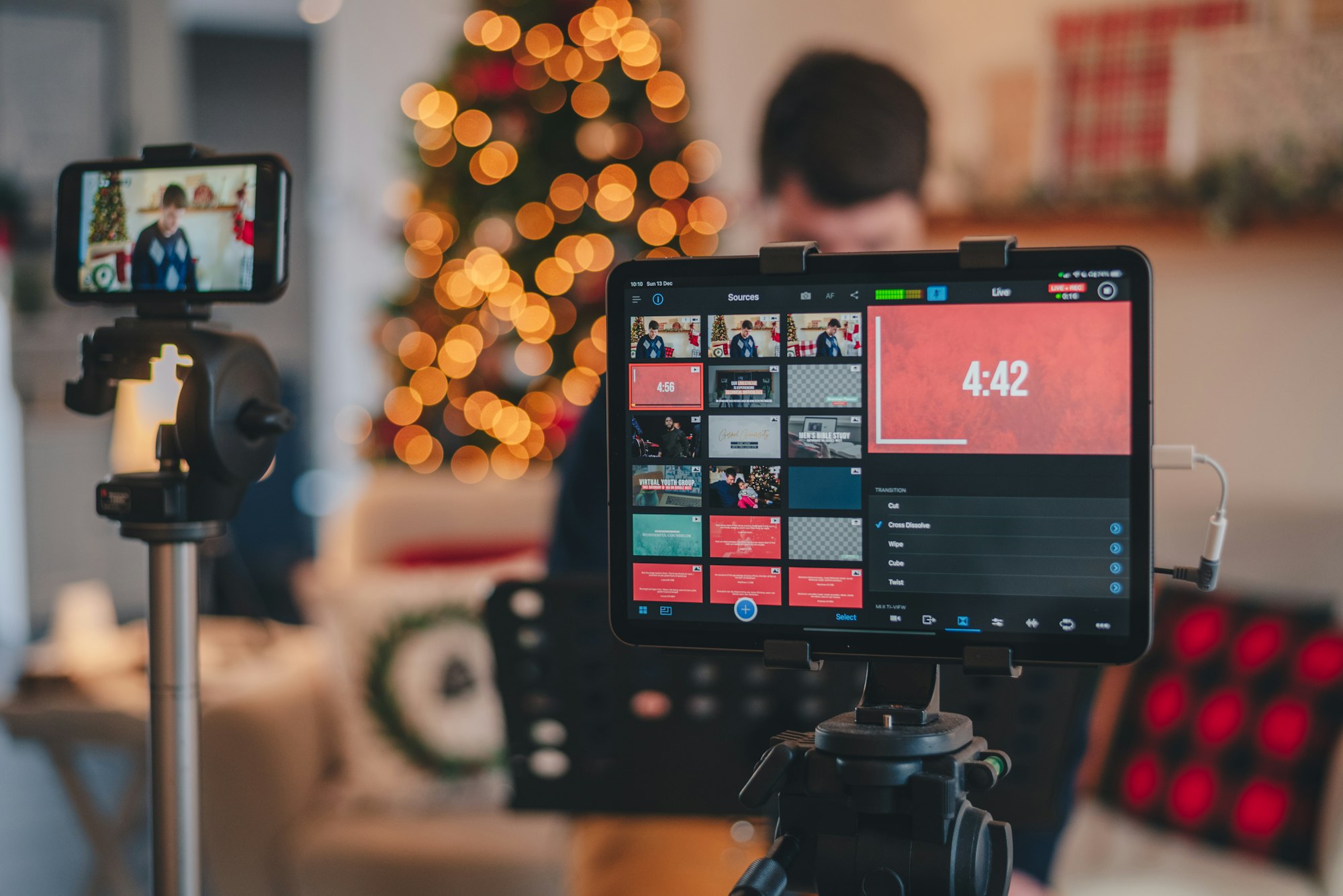YouTube introduces new label to verify authentic video content
It's a way to build trust between creators and their audiences.
As AI-generated content and sophisticated video editing tools become more widespread, it's increasingly difficult for viewers to distinguish between authentic footage and manipulated media.
Platforms like YouTube, which thrive on user-generated videos, face growing concerns about content authenticity.
To address this, YouTube has begun rolling out a new label that will inform viewers if a video was captured with a real camera and features unaltered footage and sound.
It's a way to build trust between creators and their audiences.
Known as “Captured with a camera,” the label will appear in the “How this content was made” section of the expanded video description. It’s a way for viewers to know that what they’re watching is authentic, recorded directly by the creator, without alterations to the visuals or audio.
According to YouTube’s help page, the label is powered by technology designed to verify the origin of videos. The label relies on the C2PA standard, an open standard developed by the Coalition for Content Provenance and Authenticity (C2PA) for verifying media authenticity. It attaches metadata from compatible devices or software to confirm the video hasn’t been manipulated.
This means to display the “Captured with a camera” tag, the creator must use a camera, software, or mobile app that supports C2PA version 2.1 or higher. The label will only apply if the video remains unedited in terms of sound and visuals, ensuring that what the viewer sees is exactly as it was recorded.
For creators, ensuring their videos qualify for the new label means taking extra care during the production and editing process. Any significant alterations to the video’s core content can disrupt the chain of provenance, preventing the label from appearing. Additionally, if the video passes through any apps or platforms that don’t support C2PA, its authenticity verification could be lost.
Although this technology is still in its early stages, and it will take a while before all manufacturers implement C2PA content credentials into their hardware or software, it marks an important step toward transparency as the line between real and synthetic content keeps blurring.
Building on YouTube's “altered or synthetic content” label released earlier this year, requiring creators to disclose when a video has been generated or manipulated using AI, the label is a response to concerns over the growing use of deepfakes and synthetic media, which can confuse viewers.

The "Captured with a camera" label, paired with YouTube’s efforts to tackle AI manipulation, is a clear signal that the platform is taking steps to preserve content authenticity.
Other platforms have also implemented different measures to help users identify manipulated video content. For instance, Adobe also implemented the C2PA standard, using a symbol to identify content made or edited using its Firefly generative AI tools. Meanwhile, Meta has introduced an “AI Info” tag on Facebook and Instagram which appears on AI-related content.
Overall, YouTube’s new label is a small but important step toward fostering a more transparent online environment. As the platform continues to refine its tools and standards, viewers can feel more confident in the authenticity of the content they watch










